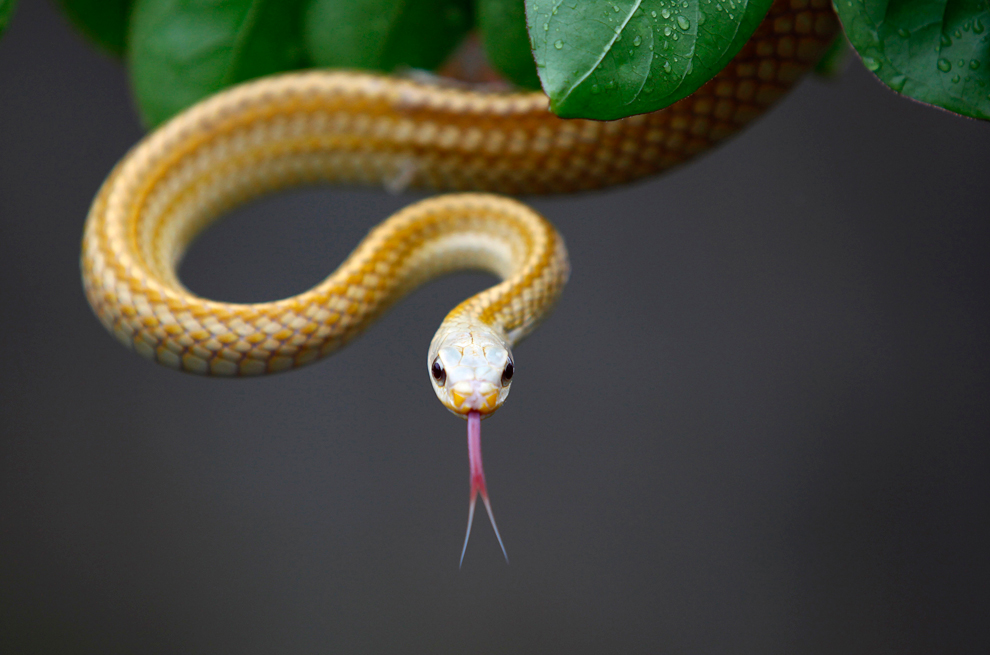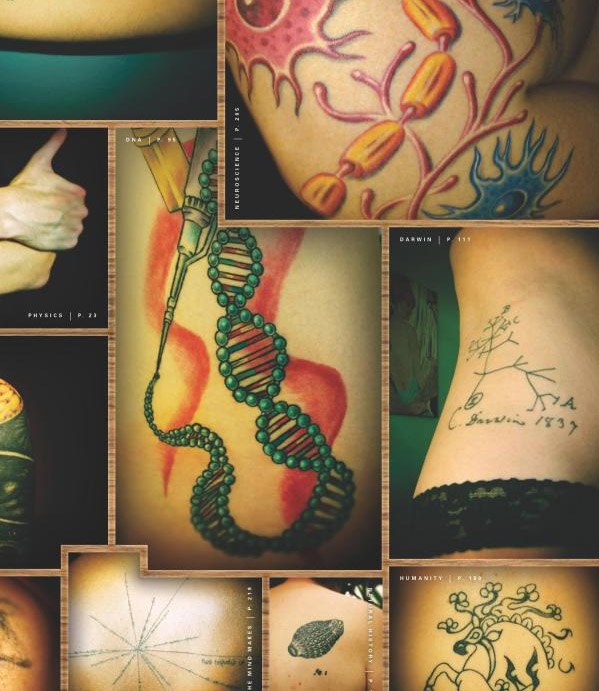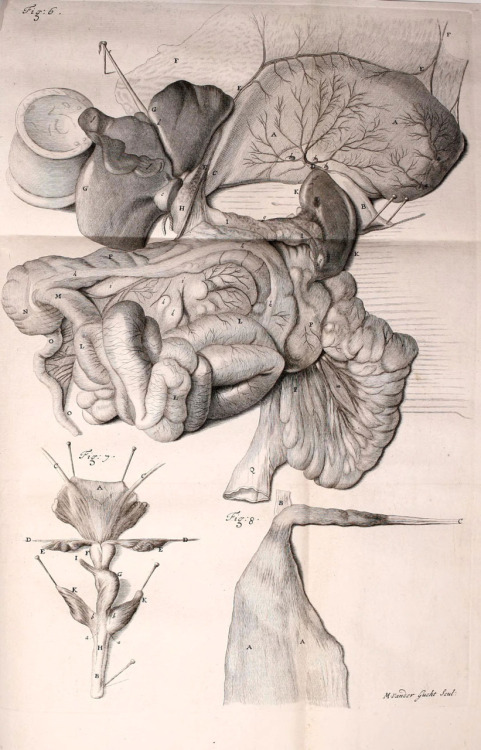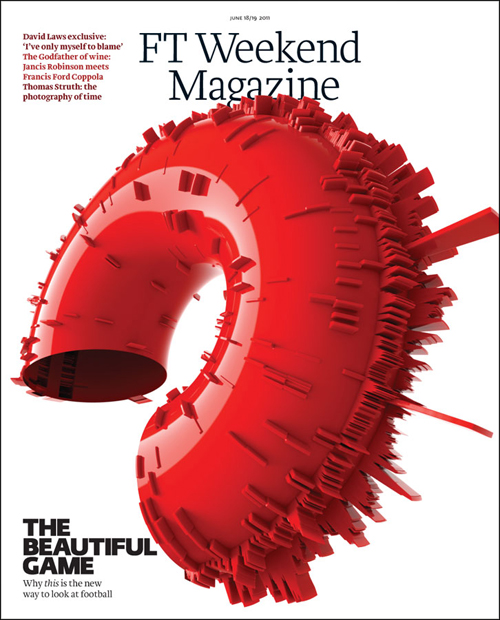This piece has also been published over on the new science communication site, Scientific Kitty.
Troll Hunter is the documentary that exposes the existence of trolls in the Norwegian mountains. I cast a biologist's eye over these elusive giants. (May contain spoilers)
With their 1000-year lifespan, rock eating tendencies, and slight aversion to light, Øvredal’s trolls are the most unlikely of creatures. But it turns out that they do exist, and have just been hiding in the mountains of Norway. So let’s suspend our disbelief and take at look at the biology of these beasts.
Fundamentally, there are two types of troll, which constitute at least two unique species – the mountain and forest dwellers. Where the troll species line is drawn, however, is unclear, with a variety of sub-types of troll within each general group. Trolls are fiercely territorial mammals, living either as lone individuals or in close social groups. They “eat, shit, mate with and devour everything around them.” Mostly rocks.
Evolution
A major question that arises as we consider the trolls’ existence is their evolution. With an incredibly slow lifecycle and very low
reproductive output (
lifespan: 1000-1200
years, average offspring produced: 1), adaptation will have been an
incredibly slow process. Their life history falls at the extreme “
k-selected”
end of the spectrum, and their adaptation to environmental and situational
changes will have been very slow.
Furthermore, small population sizes (and associated low genetic
diversity) caused by very large territories, and a constant vulnerability to
basic elements (light), mean that their evolution is almost miraculous. It is
likely that they expanded into their current lifestyle and size around the
early Cenozoic period, following the demise of the dinosaurs.
The trolls’ greatest asset, that has undoubtedly been a
primary reason for their survival despite the evolutionary constraints of their
slow life cycles, is their nutritional versatility. That is, “when you eat
rocks, it isn’t hard to survive”. Of course above all, the major barrier this
fascinating species has had to overcome is their susceptibility to explosion
when exposed to light. They therefore have an obligate nocturnal behavioural
pattern, and this may in fact have allowed them to exploit night-time resources
and avoid conflict with other megafauna during their early evolution.
Being confined to darkness has lead to a strong reliance on
a powerful sense of smell, as can be seen by their capacity for sniffing out
the scent of people of certain beliefs (although it is as yet unclear whether
this penchant for religious folk extends beyond just Christianity – further
research is needed). Trolls are not, however, totally blind, and the extra
heads grown by certain troll variants reveal the importance of visual
communication in social situations. These “protrusions” (for they are not fully
functioning heads) primarily play a role in mating rituals and intra-specific
conflict, and are likely to have evolved along a similar evolutionary pathway
as that of the peacock train and battle cries of
red deer stags.
Living underground and deep inside mountains means that trolls are likely to share certain characteristics with burrow
dwelling rodents. Living in enclosed environments brings problems of temperature
control and oxygen access, and as such they will have specialised respiratory
physiology.
One defining feature of the troll life history is likely to
be a huge amount of parental investment, both before and after birth. With a
gestation period of 10-15 years, the parental investment is huge, and given
that most trolls reproduce only once in their lifetime, the expenditure
afforded on offspring is large. Parents will defend their offspring with
violent determinism, and likely prioritise the life of their child above their
own, with young trolls likely only becoming fully self sufficient after a few
hundred years. The role that social interactions in communal dens may play in
parental care is unclear, although given the species characteristics,
cohabiting groups are likely to have a high degree of relatedness and hence
altruistic care of offspring is not unlikely.
These trolls present a truly unique case of evolution, and
require a great deal of study to see how they managed to overcome the problems
of their lifestyle. It is unclear where their closest extant relations are, and
whether they are more closely related to the bears or primates, or a
monophyletic taxa unto themselves. The benefits of being huge and able to eat
almost anything seem to have outweighed the issues they face. It is hard to see
how their fragile lifestyle ruled by an inability to deal with vitamin D has
allowed them to flourish, but seemingly it has.
On a worrisome note, however, I fear that the trolls face a
troubled future. As mentioned above, they will adapt very slowly to large
changes in the environment, and as global warming rapidly alters their habitat,
it is hard to know if they will be able to amend their behaviour to fit with
the new landscape. They’re unlikely to take up sunbathing and bask in the joy
of a warmer world. If ever there was a good reason to curb emissions and think
about the planet, this is it. Save the trolls, before it’s too late.
Troll hunter is in cinemas now, and provides a witty, original and entertaining break from the norm. Go check it out.





































